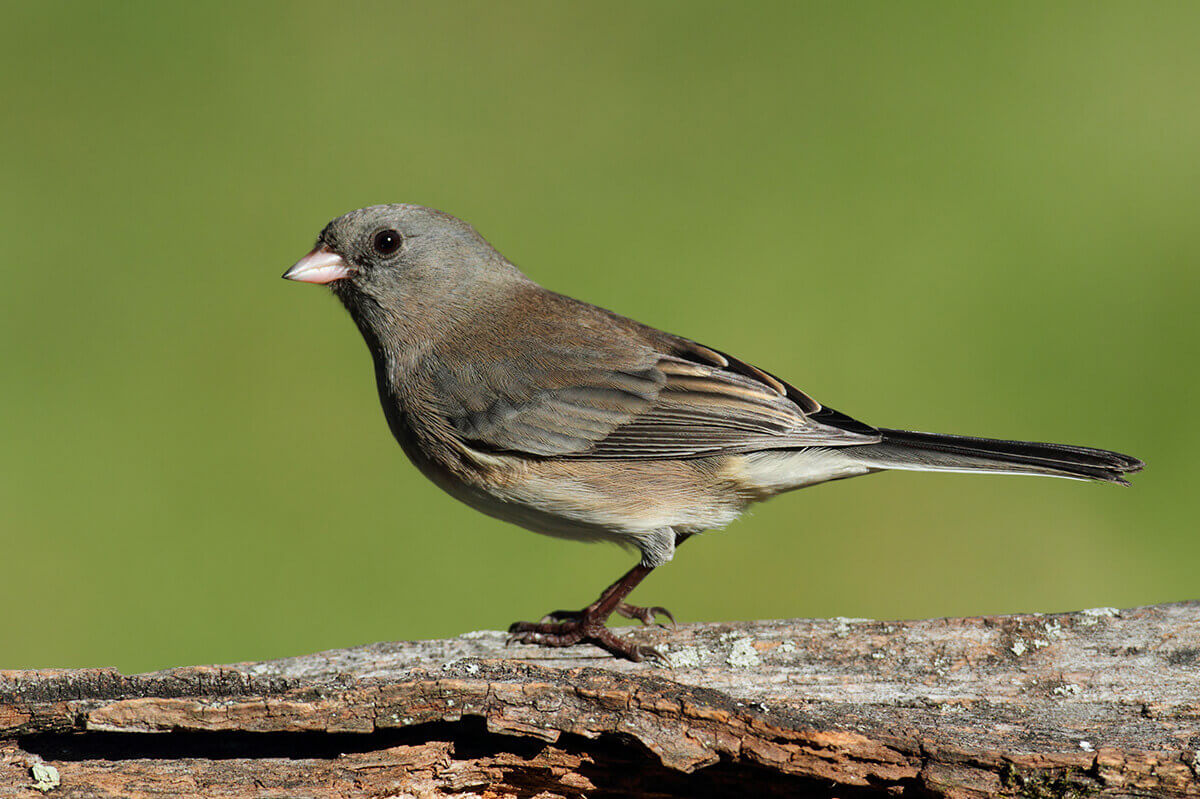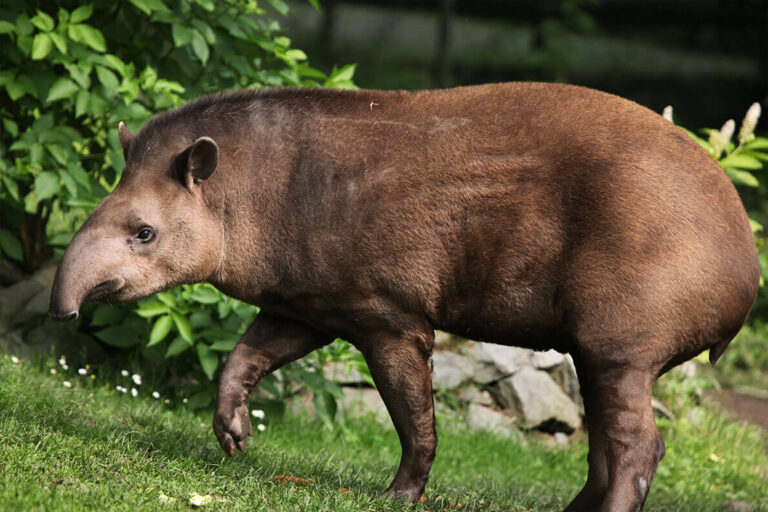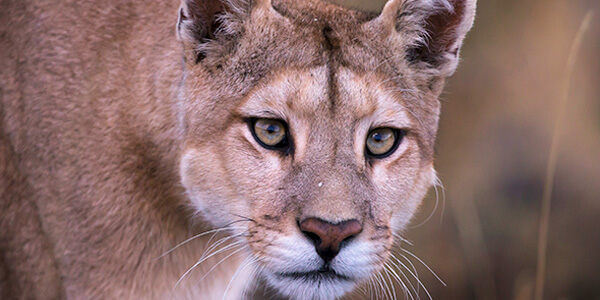Junco: The Small but Fascinating Bird of North America
Juncos are small birds commonly found across North America, known for their distinctive appearance and active nature. While often seen fluttering around backyard feeders, they are far more interesting than their quiet presence may suggest. This article explores everything you need to know about the Junco, from its scientific classification to its behavior, diet, and much more.
Contents
Scientific Classification
- Kingdom: Animalia
- Phylum: Chordata
- Class: Aves
- Order: Passeriformes
- Family: Passerellidae
- Genus: Junco
- Species: Multiple species, the most common being Junco hyemalis (Dark-eyed Junco)
Juncos are a part of the sparrow family and include several species. The Dark-eyed Junco (Junco hyemalis) is the most widespread and well-known of the group, often referred to simply as the “snowbird” because of its association with winter landscapes.
Physical Characteristics

Juncos are small birds, measuring about 5-7 inches long, with a wingspan of 7-9 inches. Despite their size, they have a robust build. Some of their most defining physical traits include:
- Plumage: Their coloration varies significantly depending on the region. Dark-eyed Juncos, for example, typically have gray or slate-colored feathers on their back, a white belly, and dark eyes.
- Tail: They have a distinctive tail pattern with white outer feathers, often visible during flight.
- Beak: Their beak is short, cone-shaped, and pale pink or whitish.
Habitat
Juncos are versatile birds that can be found in a variety of environments. Their primary habitats include:
- Forests: Coniferous and mixed forests, particularly in mountainous regions.
- Woodlands: Deciduous woodlands are another typical habitat, especially during the breeding season.
- Urban Areas: Juncos are frequent visitors to backyards, parks, and gardens where food sources like bird feeders are available.
- Winter Range: During colder months, Juncos often migrate to lower elevations, where they are seen foraging in open fields, roadsides, and residential areas.
Behavior

Juncos are active birds, and their behavior varies with the seasons:
- Social Structure: Juncos are generally social birds, often forming small flocks during the winter. During the breeding season, however, they become more territorial and solitary.
- Foraging: They are ground foragers, often seen hopping around searching for seeds and small insects. They use a “double-scratch” technique, shuffling their feet to dislodge seeds or insects hidden beneath the surface.
- Migration: Many species of Juncos are migratory, particularly in colder climates. They typically move south in the winter and return to their breeding grounds in the spring.
Diet
Juncos have a varied diet that shifts depending on the season:
- Winter: During the colder months, they primarily feed on seeds from grasses, weeds, and shrubs. They also visit bird feeders to consume sunflower seeds, millet, and cracked corn.
- Summer: In warmer months, their diet becomes more insect-heavy, with beetles, caterpillars, and other small invertebrates forming a significant part of their diet.
One reason they thrive in such diverse habitats is their ability to adapt their diet to the seasonal availability of food.
Reproduction
Juncos are monogamous birds that typically breed between April and July. Their reproductive behaviors include:
- Nesting: Females build nests close to the ground, often hidden in thick vegetation, rock crevices, or even in hanging plants in urban settings. The nests are made from twigs, grass, and leaves, lined with softer materials like feathers.
- Eggs: A typical clutch consists of 3-5 eggs, which are pale with speckled markings. The female incubates the eggs for about 11-13 days.
- Chicks: After hatching, the chicks are altricial, meaning they are born helpless and without feathers. Both parents feed them and fledge within 9-13 days.
Predators
Like many small birds, Juncos face numerous predators, including:
- Birds of Prey: Hawks and owls are primary predators, mainly when Juncos are foraging in open spaces.
- Mammals: Squirrels, foxes, and domestic cats may prey on eggs, chicks, or adult Juncos.
- Reptiles: In some regions, snakes may also prey on Junco nests.
Their tendency to stay close to the ground makes them particularly vulnerable to terrestrial predators.
Conservation Status
Fortunately, Juncos are not currently considered threatened or endangered. According to the International Union for Conservation of Nature (IUCN), their population is stable and classified as Least Concern. However, habitat loss due to deforestation and urbanization can pose future threats.
Interesting Facts
- Regional Variations: There are multiple subspecies of Juncos, exhibiting a wide range of color variations. For example, the Oregon Junco has a dark brown back and a rufous flank, differing wildly from the Slate-colored variety.
- Winter Migration: Juncos are sometimes called “snowbirds” because their arrival in certain areas often coincides with the onset of winter. Many Juncos migrate from northern regions to southern parts of the U.S. during the cold months.
- Vocalizations: Their song is a musical trill, often used to attract mates during the breeding season. They also make various chip and contact calls while foraging or alerting their flock to predators.
Evolutionary History
Juncos are part of the Emberizidae family, a small, primarily seed-eating bird that includes sparrows. Fossil records indicate that their evolutionary lineage stretches back millions of years, with their adaptability allowing them to thrive in various climates and environments.
Over time, their geographic spread has led to different subspecies, each with unique coloration and behaviors, further highlighting their evolutionary success.
Relationship with Humans
Juncos are one of the most familiar birds in North America, frequently visiting backyard feeders during the winter. Their presence in suburban and rural areas has endeared them to birdwatchers, especially during the colder months when fewer birds are active.
Additionally, Juncos are vital in controlling insect populations, making them beneficial to gardeners and farmers. Their tendency to forage on the ground helps keep insect numbers in check, providing a natural form of pest control.
Conclusion
Juncos are more than just small, unassuming birds – they are a testament to the resilience and adaptability of wildlife. From their varied diet and habitat to their fascinating behaviors and rich evolutionary history, these birds continue to intrigue birdwatchers and scientists alike. Whether you’re an avid birder or a casual observer, the Junco offers a glimpse into the complexity of nature right in your backyard.
- Golden Retriever Pros and Cons: What Every Pet Parent Should Know - 15 September 2025
- Cane Corso Dog Breed: Health, Care, and Lifespan - 14 September 2025
- Catahoula Leopard Dogs: Description, Temperament, Lifespan, & Facts - 21 July 2025







